by Theona Morrison, Co-Director, CoDeL
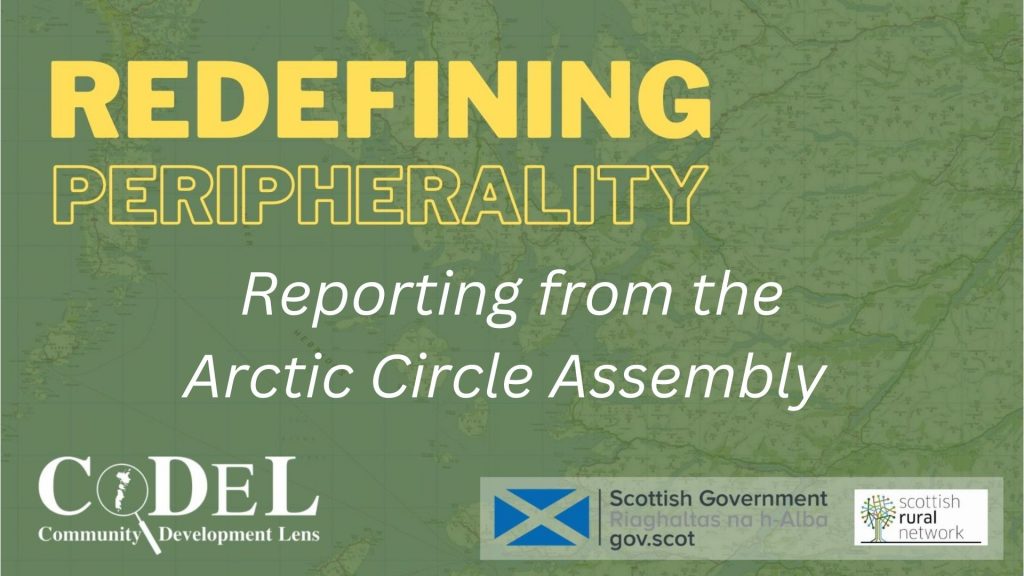
The Arctic Circle Assembly is the largest annual international gathering on the Arctic, attended by more than 2000 participants from over 60 countries and held every year in the Harpa Concert Hall, Reykjavik, Iceland. The Harpa concert hall is an incredible building with maybe 15 floors (my head couldn’t cope beyond about floor 5!). It was mere foundations when Iceland experienced a colossal financial crash, so eventually when the government were able to raise funds (their currency had also crashed), they managed to build it after all. So it is very symbolic for them.
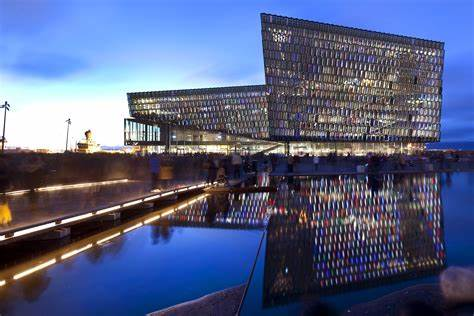
“Well over 2000 participants from almost 70 countries [are here today]. It is a formidable demonstration of the desire from so many different quarters of the planet to come together in a new dialogue, in a new form of cooperation, and to seek solutions to the challenges we face. And also in the shadows of wars and increasing geo-political tensions, it is remarkable that all of you have come here today to send the world the message, we want to continue, despite the hurdles, to achieve results for a better future.”
Ólafur Ragnar Grímsson, Chair of the Arctic Circle, and former Prime Minister of Iceland (1996 to 2016)
There were representatives from all sectors of life from the Arctic Circle, with strong representation from Scotland, the most northerly non-Arctic country present. CodeL (also promoting Uist Beò), was delighted to have presented at the assembly in the session on ‘Remote Areas: A window of opportunity’. I live in the Isle of Grimsay (Griomasaigh) in Uist in the Outer Hebrides, and there is also a Grimsey Island in Iceland, so we’re closer than at first thought in some ways!
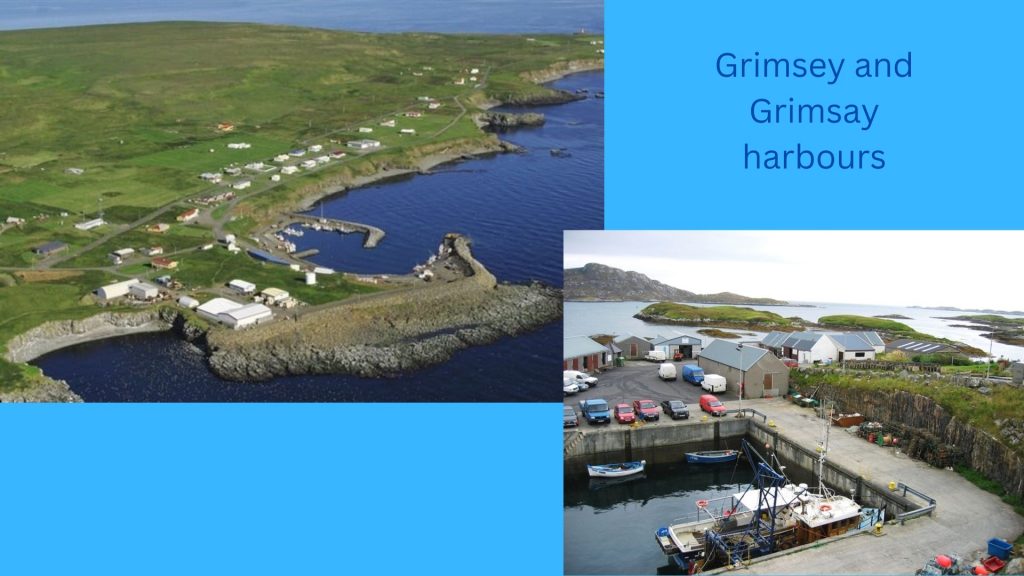
Special thanks to Scottish Rural Network, who are not only supporting Uist Beò, but also enabled Rosie MacLeod to present her work on the new hydro power in the Isle of Raasay at a session on ‘The Just Transition to Low Carbon Economies in the Arctic and Beyond’. It was encouraging to see that indigenous peoples could be heard in a range of sessions, including this one, and I will pick up on that session in my second blog from the Assembly. However, as one person said, “we do not lack technical innovation in the Arctic, but we lack business (will, as in commitment) and political innovation”.
I presented at the session on remote areas with colleagues from the Faroe Islands and Iceland. Invited by NORA, we all presented positive examples of turnaround in the communities in which we work. Our host and facilitator, Jákup Sørensen, reported after our session:“Just a short thank you for your time at our session. I think you all can be very proud. I have never before got so much positive feedback before. Here is a message from one of our guests: ‘I felt it was the best session I attended at the entire conference – all the speakers were BRILLIANT, engaging and funny and real actionable potential came from several.’” I was overwhelmed by the positive response. On a lighter note, I was feeling a little short with our Nordic cousins!
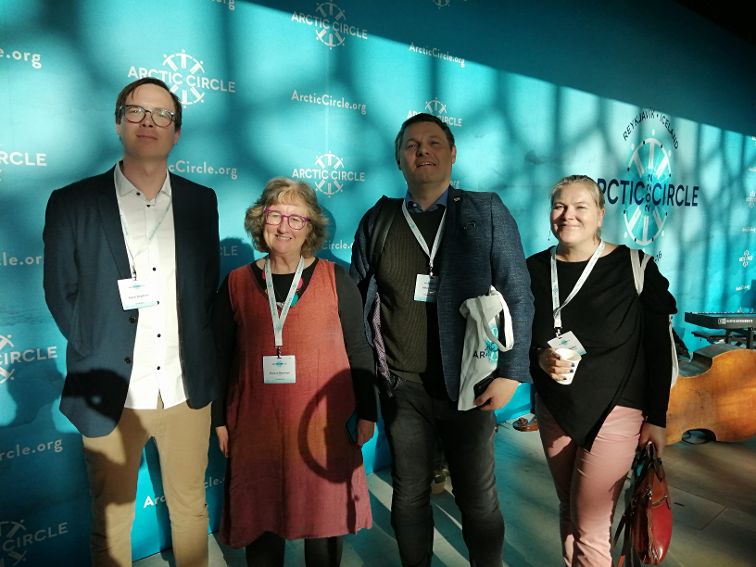
In summary, although there are obvious challenges, it was so encouraging to realise that the impact of my work past and present is inspiring others who face rural depopulation: from linking the education curriculum with local economic opportunity and industry standard qualifications, through the ‘economic literacy workshops’ which Thomas Fisher and I developed and delivered and the demographic research we conducted on young people returning, settling or staying in Uist, and now Uist Beò. I showed statements from the usual tourism messages as well as images, of an empty beach and a roofless cottage, to a soundtrack used for promoting Scotland. I then compared it to Uist Beò, on instagram, Facebook and tik tok.
On the last day we were able to get out of the conference centre and see a little of Iceland. We visited a tomato farm – hydroponics and of course heated by geothermal energy. It produces 40% of Iceland’s tomatoes. One other farm produces another 30%, so they do not export because they still have to import.

Iceland only gained its independence in 1944. They have a population of 360,000. Fish, mainly cod, is the number one sector, followed by tourism.
Two words in common usage come from Iceland: Saga and Geyser. My only comment is the toll tourism has and will take on the environment. Our guide on the Golden Circle said there are volcanoes under one of the glaciers, and if the ice melts they will no longer be ‘capped’, so eruptions could be really damaging. At the same time I saw all the massive vehicles which enable folk to trample and cover the ice. To say nothing of the tonnes of concrete that must have gone into the path to the waterfall, which keeps folk off the grass and keeps them on the straight and narrow by the bus load, but it’s a whole load of concrete which contributes 8% of global emissions. My passion would be to diversify the economy so that tourism is not so important.
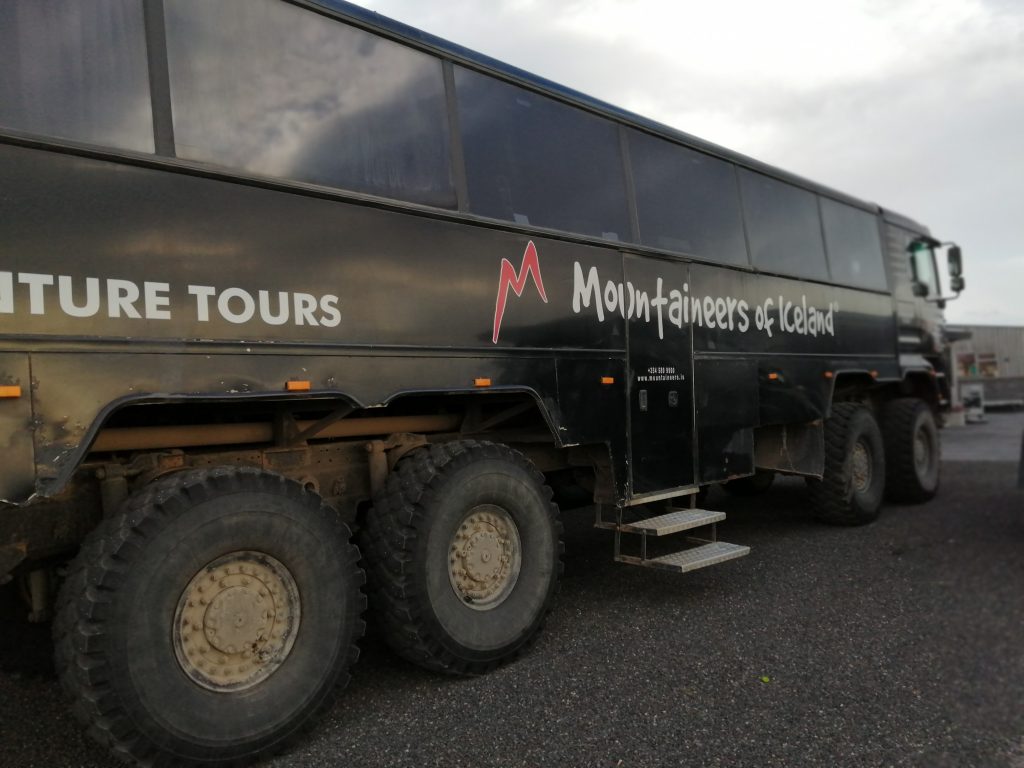
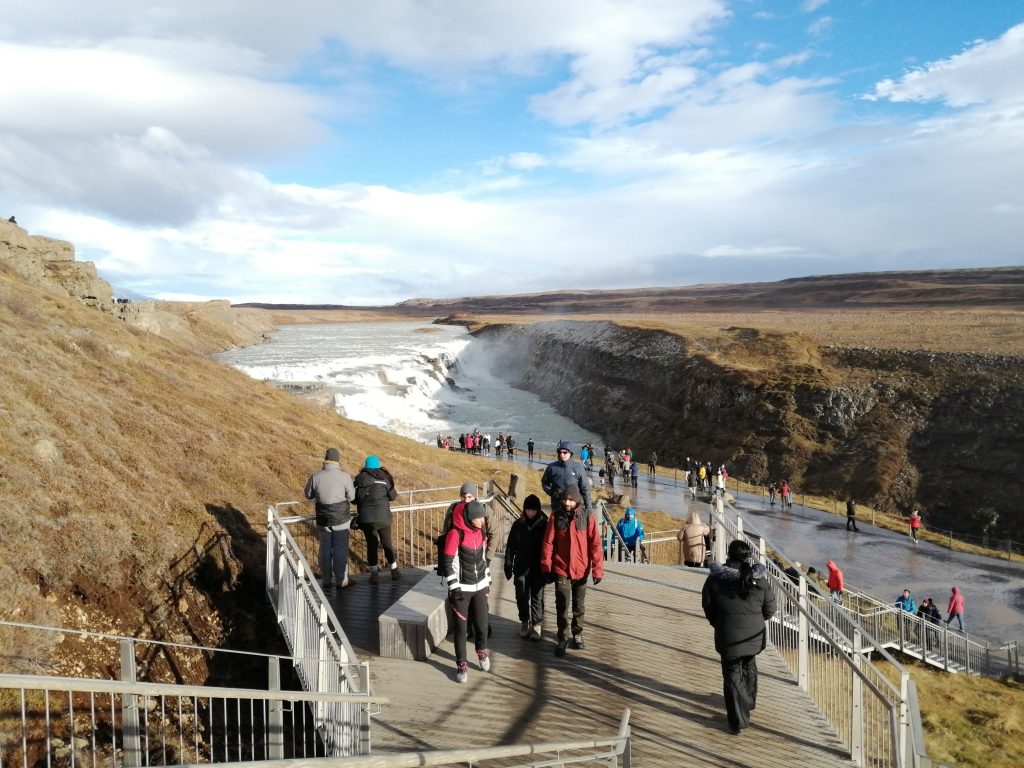
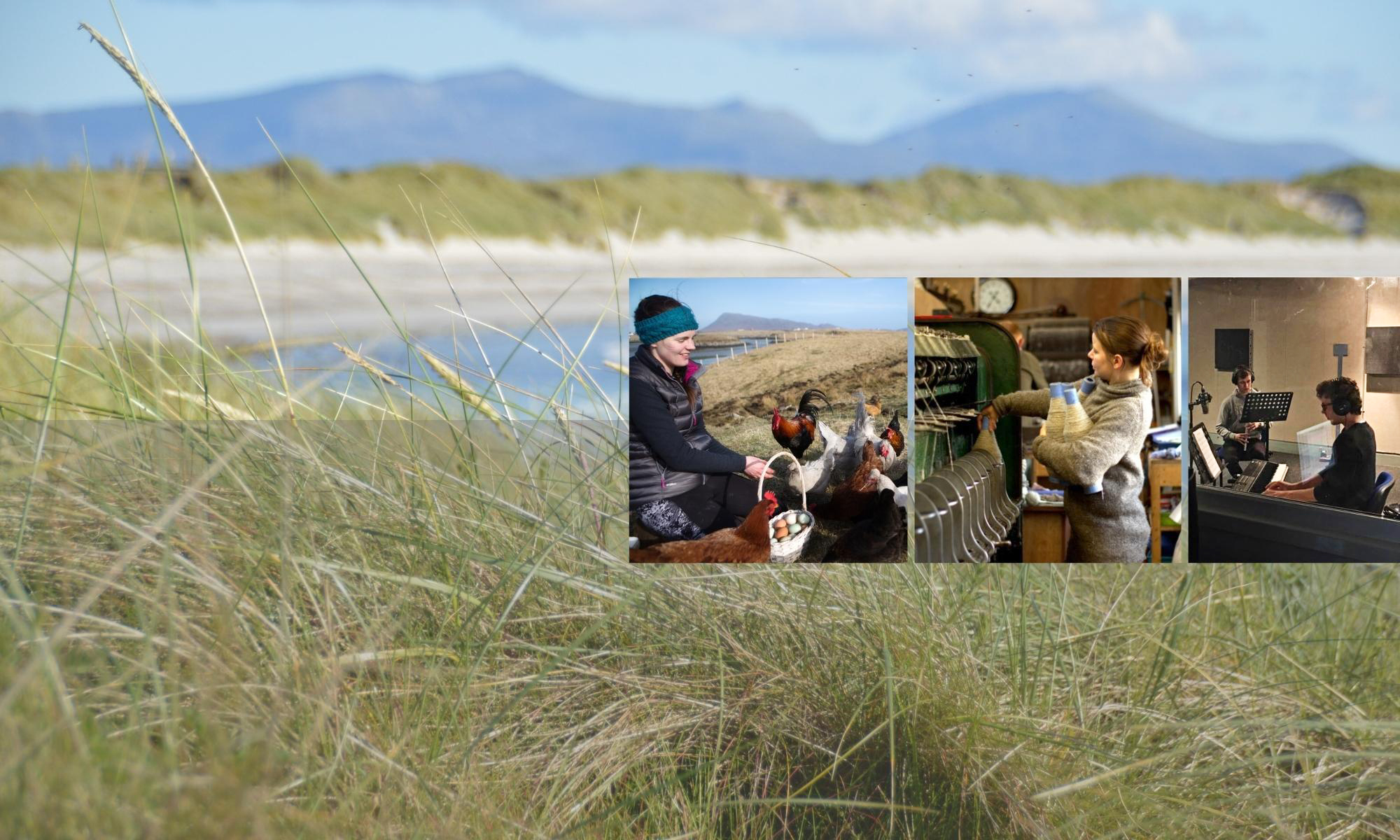
Iceland was in independent Commonwealth from 874- 13th century with the oldest parliament in the world. It subsequently came under the influence of the Kingdoms of Norway and Denmark but continued as an independent country. In 1944 it became a republic, rejecting monarchy